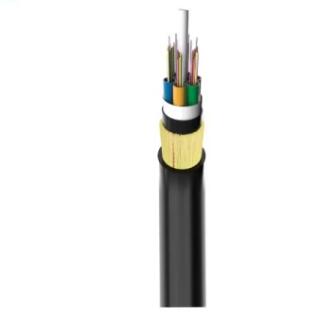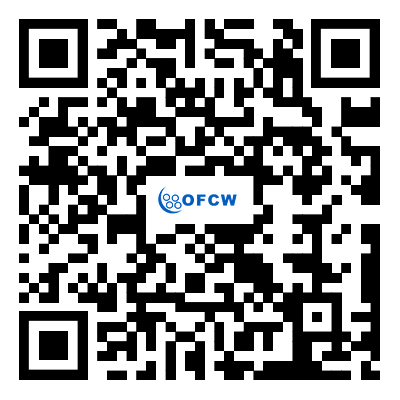What Are the Advantages of Optical Fiber Over Traditional Copper Cables
2023-10-24
Optical fiber offers several advantages over traditional copper cables, making it a preferred choice for many modern communication and data transmission applications. Here are some of the key advantages of optical fiber over copper cables:
1. Greater Bandwidth: Optical fiber has a much higher bandwidth than copper cables. It can carry a significantly larger amount of data over longer distances. This high bandwidth is particularly valuable for high-speed internet, video streaming, and other data-intensive applications.
2. Low Attenuation: Copper cables suffer from signal loss, or attenuation, over longer distances. Optical fiber, on the other hand, experiences minimal signal loss, allowing data to be transmitted over much greater distances without the need for signal boosters or repeaters.
3. Immunity to Electromagnetic Interference (EMI): Copper cables are susceptible to electromagnetic interference from nearby electrical sources and other cables. Optical fiber is immune to EMI, making it ideal for environments with high electromagnetic noise, such as industrial settings.
4. Security: Optical fiber is more secure for data transmission. Since it transmits data as pulses of light, it is extremely difficult to tap into the signal without physical access to the fiber, providing enhanced data security.
5. Lightweight and Space-Efficient: Optical fiber cables are significantly thinner and lighter than copper cables. This makes them more space-efficient and easier to install, especially in crowded or limited-space environments.
6. Longer Distances: Optical fiber can transmit data over much longer distances without the need for signal repeaters, making it suitable for long-haul communication links, such as undersea cables or high-speed data backbones.
7. Reduced Latency: The speed of light in optical fiber is faster than the electrical signals transmitted in copper cables. This results in lower latency, which is crucial for real-time applications like online gaming and video conferencing.
8. Lighter Weight: Optical fiber is significantly lighter than copper cables, which can reduce the weight and costs of cabling infrastructure, especially in applications such as aerospace and automotive.
9. Durability and Reliability: Optical fiber is resistant to corrosion, temperature fluctuations, and environmental factors. It can operate in extreme conditions, making it highly reliable for critical applications.
10. High Data Transmission Rates: Optical fiber supports extremely high data transmission rates, making it suitable for emerging technologies and data-intensive applications. It is essential for the deployment of technologies like 5G and high-definition video streaming.
11. Potential for Higher Security: Quantum key distribution (QKD) can be used with optical fiber for highly secure data transmission. QKD ensures the encryption keys used for data are immune to interception.
12. Future-Proofing: Optical fiber is an evolving technology, with continuous advancements in terms of speed and capacity. Investing in optical fiber infrastructure can future-proof networks and communication systems.
While optical fiber offers numerous advantages, it's important to note that copper cables still have their place, especially in short-distance or legacy applications. The choice between optical fiber and copper cables depends on specific requirements, including distance, data volume, and environmental factors. However, optical fiber is increasingly the preferred choice for high-speed and long-distance data transmission.



